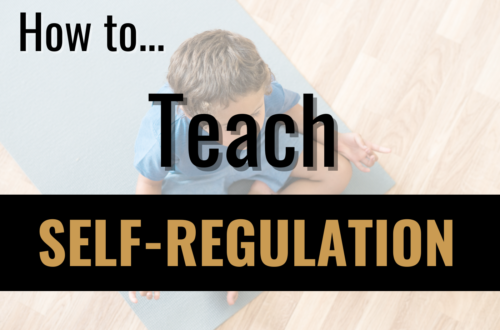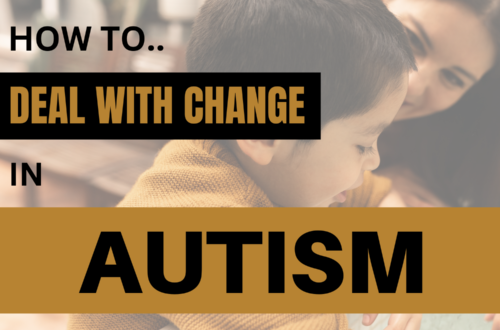How To Make Your Child Follow Instructions
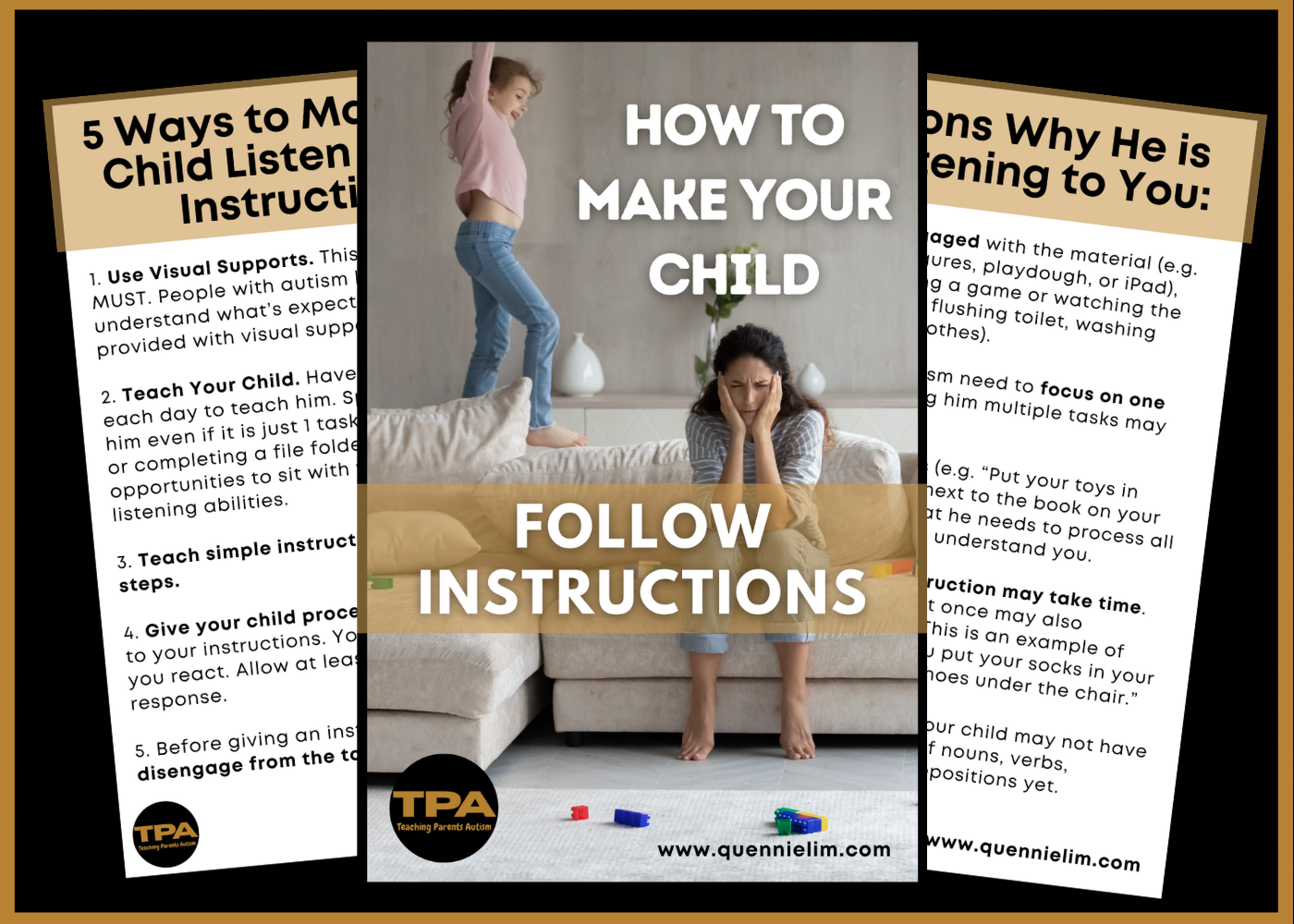
Do you find it difficult for you to have your child listen to your instruction?
Do you keep on repeating the same instruction but he seems like he doesn’t listen to you?
Do you find it frustrating that he seems like he doesn’t care?
These are some of the worries and frustrations that parents feel when it comes to following instructions.
There are several reasons why. And there are several strategies you can do to help him improve his listening to you.
5 Reasons Why He Seems Like He is Not Listening to Your Instructions:
1. He hasn’t disengaged with the material (e.g. stickers, animal figures, playdough, or iPad), activity (e.g. playing a game or watching the video), or task (e.g. flushing toilet, washing hand, or keeping clothes).
2. Children with autism need to focus on one task at a time. Giving him multiple tasks may overwhelm him.
3. Wordy instructions (e.g., “Put your toys in those green baskets next to the book on your right”). Adults tend to say too many words in an instruction which makes the child confused. Remember that he needs to process all your words in order to understand you. Let us break down this sentence into phrases. You want him to:
– put the toys (What toys? There are so many toys. He also needs to understand that toys are plural, so it must be many. He also needs to also know what verb “put” means.
– where? In those green basket (he needs to understand pronoun here and should know that those meant plural).
– where? Next to the books (Next to is another preposition)
– which is on his right (your child needs to understand where his right and left are on top of remembering to put the toys in the green basket next to the books).
I’m even confused! How much more our kids.
There are so many things to remember.
4. Processing your instruction may take time. Giving multiple steps at once may also overwhelm your child. This is an example of multiple steps: “Can you put your socks in your shoes? Then, put your shoes under the chair.”
5. Limited vocabulary. Your child may not have enough understanding of nouns, verbs, pronouns, articles, or prepositions yet.
There are still many reasons why your child may not be listening to you such as sensory overload, distraction, feeling tired or hungry, difficulty understanding sentence structure, and many more.
Remember that one of the characteristics of autism is having problems with language and communication.
Helping your child to understand you will improve his listening skills.
5 Ways to Make Your Child Listen to Your Instructions:
1. Use Visual Supports. This is highly, highly, a MUST. People with autism learn best and understand what’s expected of them when provided with visual support. Here are some examples of visual supports for following instructions. (Visual Supports is another long topic to discuss. We don’t just use visual supports to our children. We need to choose the appropriate visuals for them in order for them to respond appropriately).
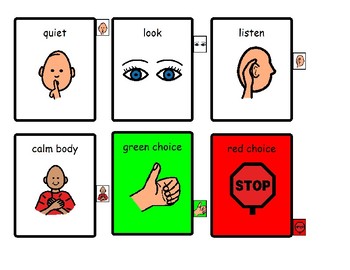
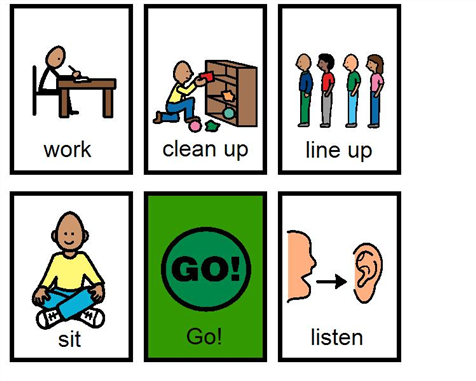
2. Teach Your Child. Have 15 mins or 30 mins each day to teach him. Spend time teaching your child even if it is just 1 task (e.g. fixing a puzzle or file folder game). Giving him opportunities to sit down with you will grow his listening abilities. Below is two examples of simple tasks you can give your child.
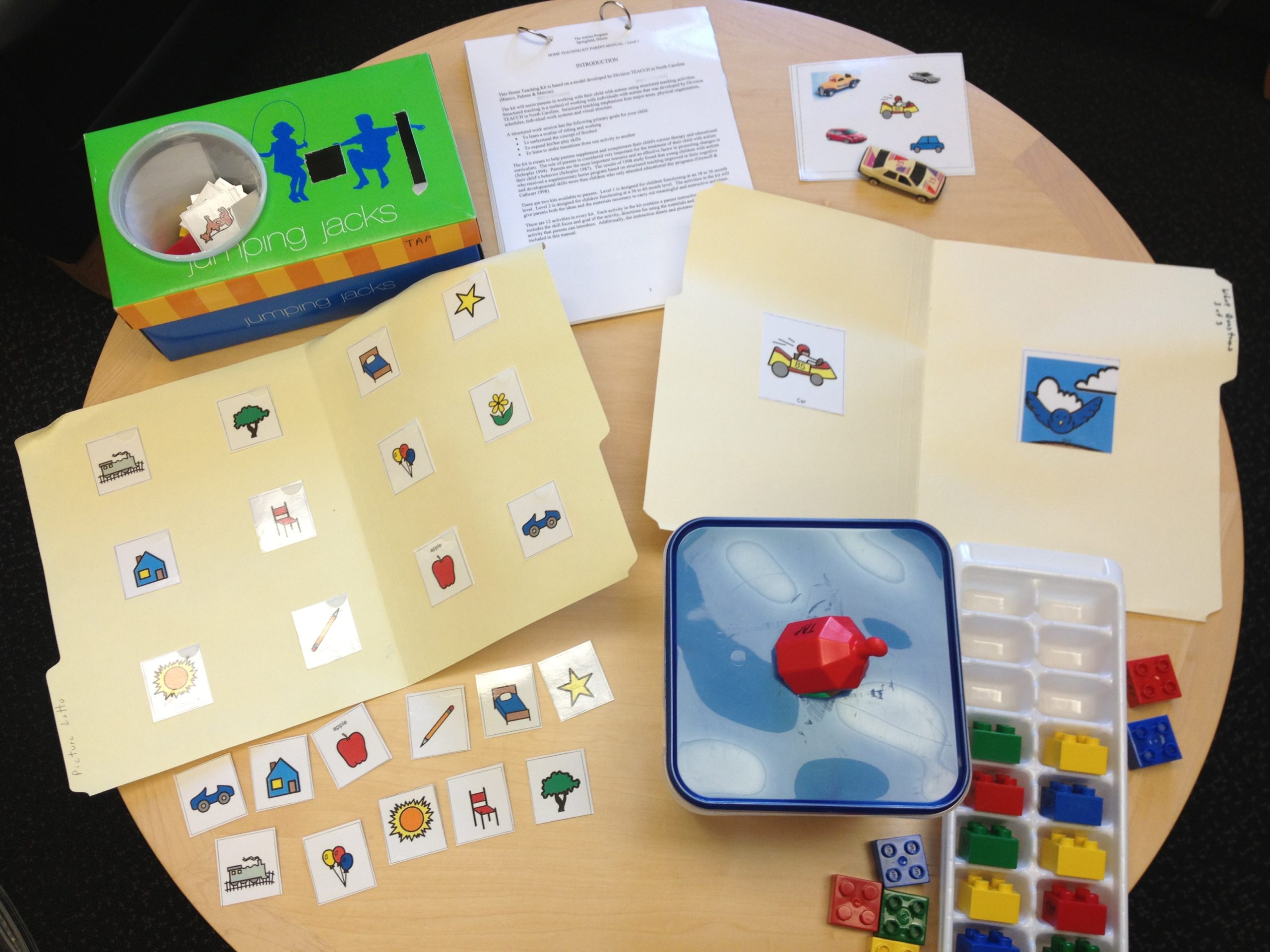
3. Teach simple instructions before multiple steps. If your child needs to listen to one-word instructions, practice them consistently. E.g. of one-word instructions: Sit, Give, Take, Keep. Then once your child gets the instruction, you can expand to 2 words like Sit down, Give Me, Take Cup, Keep toys. Then give longer phrases before giving multiple steps.
4. Give your child processing time to respond to your instructions. You should wait before you react. Allow at least 7 seconds to let your child respond to you. They need extra time to think about the meaning of the words your say.
5. Before giving an instruction, let your child disengage from the task. Pre-empt your child.
Example scenario: Say…. “Brian, we will sleep soon. We are going to stop playing soon.” (Say these several times just to pre-empt him). After a few times of pre-empting say, “Brian, I am going to count to 10 now. You have to stop now. 1, 2, 3… 10. Give me the toy (or Keep toys now (pointing to the basket).” Now, once he keeps the toys and disengaged, give the instruction. “Brian, brush teeth now.” -(Then bring him to the bathroom).
When giving instruction, you shouldn’t change your words often.
Use the same words over and over again because you want your child to familiarize with them.
Once he follows your instruction more consistently or spontaneously, you may change the structure of your sentence or add up another step.
Understand your child’s level when it comes to his Language and Communication.
Check with his Speech Therapist to know where his weakness and strengths are.
Knowing this will help you plan on what to teach your child and what vocabulary and structures you need to work on.
To help you learn more about autism, check my e-book about “8 Things You Need To Know Before Teaching Your Child With Autism”.
Click the button below to learn more.
Meanwhile, grab your short PDF copy of this blog by clicking the button below.
I hope you learn a ton of information from me again.
‘Til next time!



